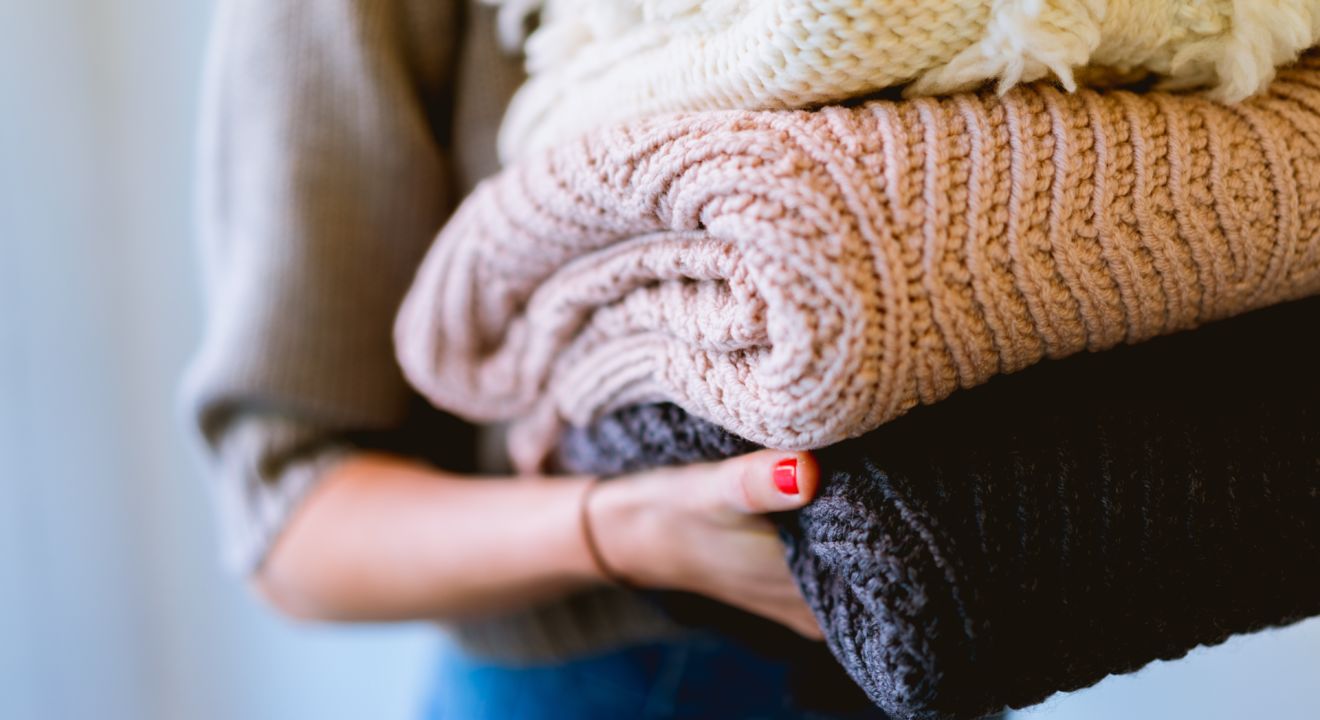Sustainability January 17, 2019


Don’t be fooled by Macklemore’s “Thrift Shop.” The clothes you so faithfully donated may not end up where you thought they would.
While donating your clothes to charity seems like an honorable deed, the industry has a dark side. Clearing your closet of Forever 21’s past fashion comes with more baggage than Goodwill alone can manage.
It’s important to educate yourself about thrift stores before dumping all your old clothes through the back door. Recycled clothes endure a longer journey than we all think, and knowing their possible fate may make you reconsider donating.
Believe it or not, charities actually have incredibly high standards for donations.
Thanks to the increasing popularity of fast fashion, Americans are buying and retiring clothes faster than ever. Cheap, trendy stores like Forever 21 and H&M encourage constant consumption that results in more textile waste. Oversaturation of the textile industry allows thrift stores to be pickier than ever.
According to the Council for Textile Recycling, only 10 to 20 percent of donated clothing actually end up in thrift shops, and the remaining 80 to 90 percent of donated clothes are discarded or resold for various purposes.Once charities or donation centers have sifted through piles of used clothes, rejected clothes are packed and sold in bulk to other U.S. customers and for-profit textile recyclers. While the profits Goodwill makes is then redistributed to other charities, the profits made by the recyclers is not.
Approximately 45 percent of the clothes refused by retail thrift stores are resold to international markets, according to the Council for Textile Recycling.
Rather than being evenly dispersed across the world, a majority of the clothes donated from the U.S. ends up in impoverished countries. In fact, it is reported that 70 percent of global textile donations wind up in Africa. East Africa–which includes Kenya, Rwanda, Uganda, Tanzania and Burundi– is especially affected.
And they do not want our discarded clothes.
The import of used American clothes hurts East African countries by threatening the stability of their local markets. Competition from imported U.S. textiles has reportedly led many East African factories to close their doors. As a result, these countries face job shortages and the fading of local textile production and tradition.
On the surface, U.S. export of used textiles provides East African countries with low-cost clothing. However, when we think about it, these exports only reveal the American corruption of East African economies. In fact, some have argued that America’s oversaturation of East African markets will ultimately keep African countries from developing global economic prominence.
The president of Rwanda Paul Kagame seems to agree. The Rwandan government has raised tariffs on U.S. imports to let their industries “grow and establish.”
There are many alternatives to thrift shop donations.
The best way to ensure that your clothes are properly reused is to give them directly as hand-me-downs. If you have a younger cousin or a friend, ask them if they’d be interested in anything you have. It’s quick, easy and beneficial to both parties, and you get to see that nostalgic graphic tee live on.
If a large group of friends are also looking to get rid of old outfits, organize a clothing swap! Have each person bring their closet rejects, dump them in a pile and then take turns picking something out.
And lastly, if any of these options aren’t possible, donating directly to local homeless shelters is a good last resort. This requires a little research. After finding a shelter, call them to see if they accept donations. If they do, ask if they reject any clothes and where those rejects go. They should provide fairly thorough answers.
Whatever the course of action, make sure none of your clothes are stained or gross! Nobody wants disgusting hand-me-downs, and if a shelter receives anything nasty, they throw them away. If you have extra time on your hands, tear up your stained clothes yourself. Make a bucket of kitchen rags, use the extra material to sew up holes or start a DIY project from the scraps. Recylcart.org provides great recycled arts and crafts ideas for kids and adults alike. Try out these paintings and these Christmas gift bags.
As annoying as closet clean-ups are, try to have fun with these alternatives! Whether hanging out with friends, volunteering at a shelter or making a fun art project, avoiding the donation bin doesn’t have to be painful. Let’s stay aware of our international impact and make the world a better place.